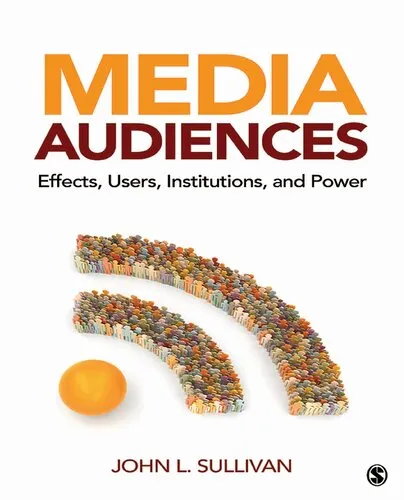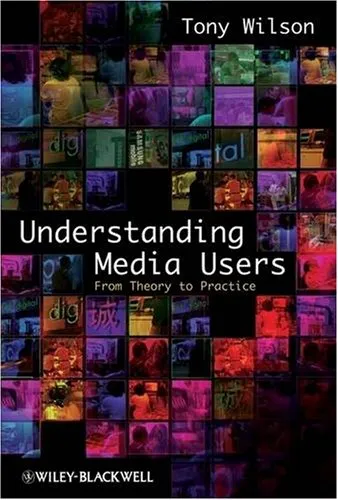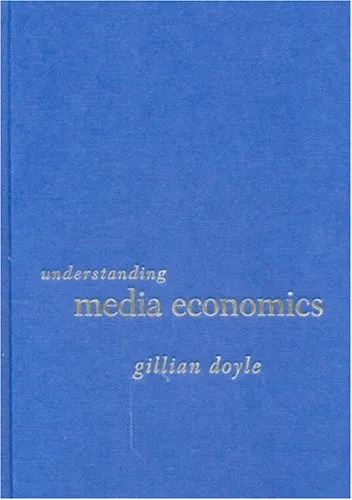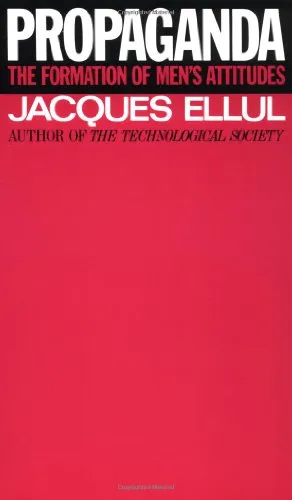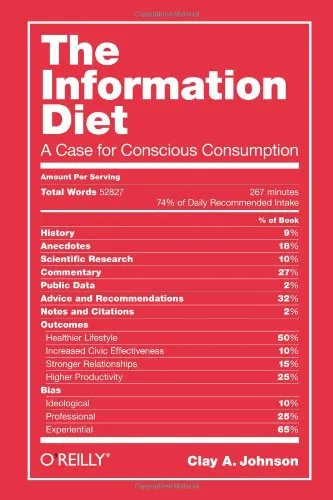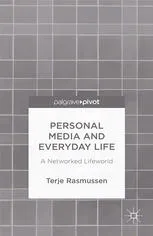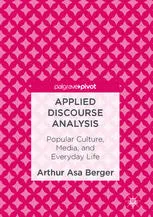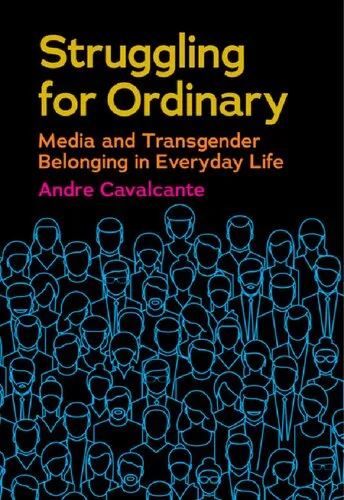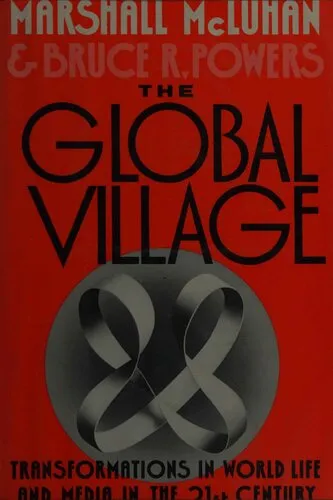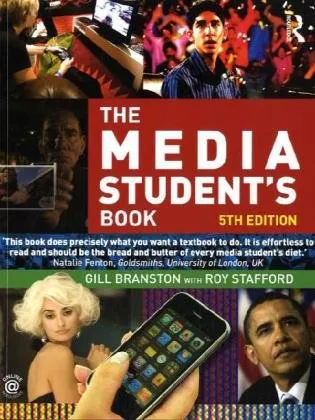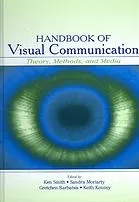Media Audiences: Effects, Users, Institutions, and Power
4.2
Reviews from our users

You Can Ask your questions from this book's AI after Login
Each download or ask from book AI costs 2 points. To earn more free points, please visit the Points Guide Page and complete some valuable actions.کتاب های مرتبط:
Analytical Summary
The book Media Audiences: Effects, Users, Institutions, and Power presents a rigorous and multifaceted examination of how media operates within society, how audiences engage with content, and how institutions shape and are shaped by these interactions. Written with clarity and depth, it bridges foundational theories and contemporary scholarship to offer a panoramic view of the media–audience relationship in both historical and modern contexts.
Positioned at the intersection of media studies and communication theory, this work delves into the empirical research on media effects, the interpretive frameworks for understanding audience agency, and the socio-political structures that regulate and influence media institutions. It carefully addresses the tension between the power of media producers and the autonomy of media users, challenging simplistic notions of passive consumption.
The volume navigates key debates on whether audiences are primarily influenced by media content or actively construct their own meanings. It situates these debates in relation to broader institutional narratives, including the economics of media production, policy, and regulation. By synthesizing a variety of disciplinary perspectives, it serves as a critical resource for students, researchers, and practitioners seeking to understand both the mechanics and the implications of media reception.
Key Takeaways
Readers will emerge with a nuanced comprehension of the dynamic, reciprocal links between media effects, audience behavior, institutional roles, and societal power structures.
The book underscores that media audiences cannot be understood solely through one lens—be it psychological, sociological, or political—but rather through an integrative approach that respects complexity.
It offers evidence-based insights that illuminate how the distribution of media power influences public discourse and democratic engagement, while also recognizing the diverse ways individuals and communities interpret media content.
Through detailed case studies and theoretical exposition, it equips readers to critically interrogate claims about media influence, assess audience research methodologies, and adopt informed strategies in media production or policy-making.
Memorable Quotes
“Audiences are neither inert targets of media messages nor wholly autonomous interpreters—they exist somewhere in between.”Unknown
“The study of media audiences demands an interdisciplinary lens—one that spans from psychology to political economy.”Unknown
“Institutions wield power, but users shape meaning—this is the essence of the media-audience relationship.”Unknown
Why This Book Matters
Media Audiences: Effects, Users, Institutions, and Power speaks to a critical need in today’s saturated media environment: understanding how influence flows between content creators, institutions, and the individuals who consume and interpret messages.
As the digital age accelerates the pace and volume of media communication, the capacity to critically analyze audience dynamics becomes indispensable. The book’s synthesis of theory, research, and real-world examples makes it equally valuable for academic courses, professional training, and public discourse.
Beyond its scholarly contributions, it offers a roadmap for navigating ethical and practical questions about media influence, institutional responsibility, and user empowerment. While specific publication data such as the initial release year remains “Information unavailable” due to no reliable public source, the content’s relevance is undiminished.
Inspiring Conclusion
In sum, Media Audiences: Effects, Users, Institutions, and Power stands as a vital text for anyone intent on mastering the complex interplay between media systems and the audiences who navigate them.
By weaving together empirical evidence and theoretical insight, it invites scholars, students, and industry professionals to question assumptions, explore new research pathways, and engage with media in a more informed, critical manner. This is more than just a book—it is an opportunity to deepen our collective media literacy and enhance our ability to contribute meaningfully to cultural and political conversations shaped by media’s pervasive presence.
Now is the ideal moment to read, share, and discuss this work with peers and colleagues, continuing the dialogue on media audiences and their evolving role in our interconnected world.
Free Direct Download
You Can Download this book after Login
Accessing books through legal platforms and public libraries not only supports the rights of authors and publishers but also contributes to the sustainability of reading culture. Before downloading, please take a moment to consider these options.
Find this book on other platforms:
WorldCat helps you find books in libraries worldwide.
See ratings, reviews, and discussions on Goodreads.
Find and buy rare or used books on AbeBooks.
1320
بازدید4.2
امتیاز0
نظر98%
رضایتReviews:
4.2
Based on 0 users review
Questions & Answers
Ask questions about this book or help others by answering
No questions yet. Be the first to ask!
